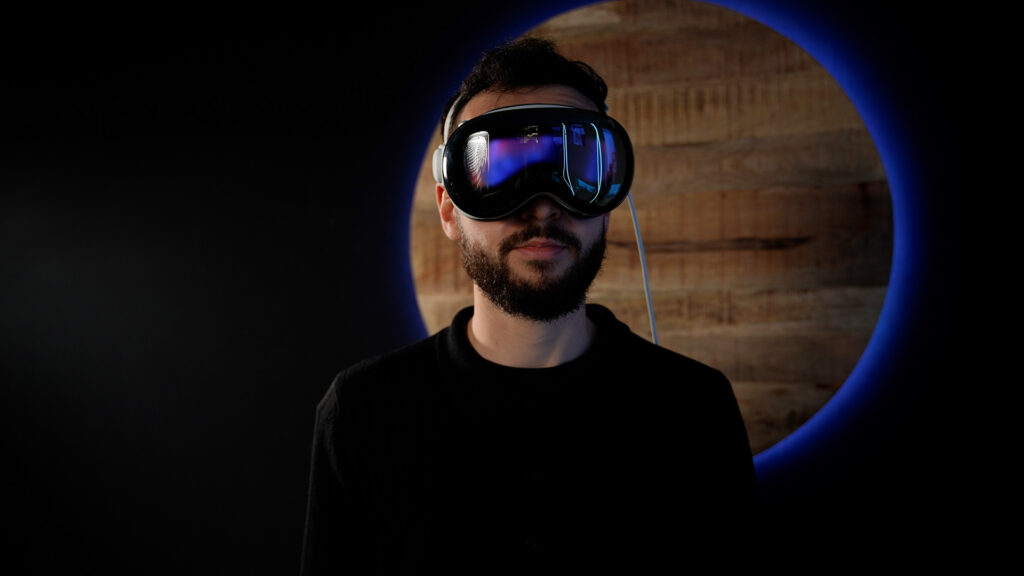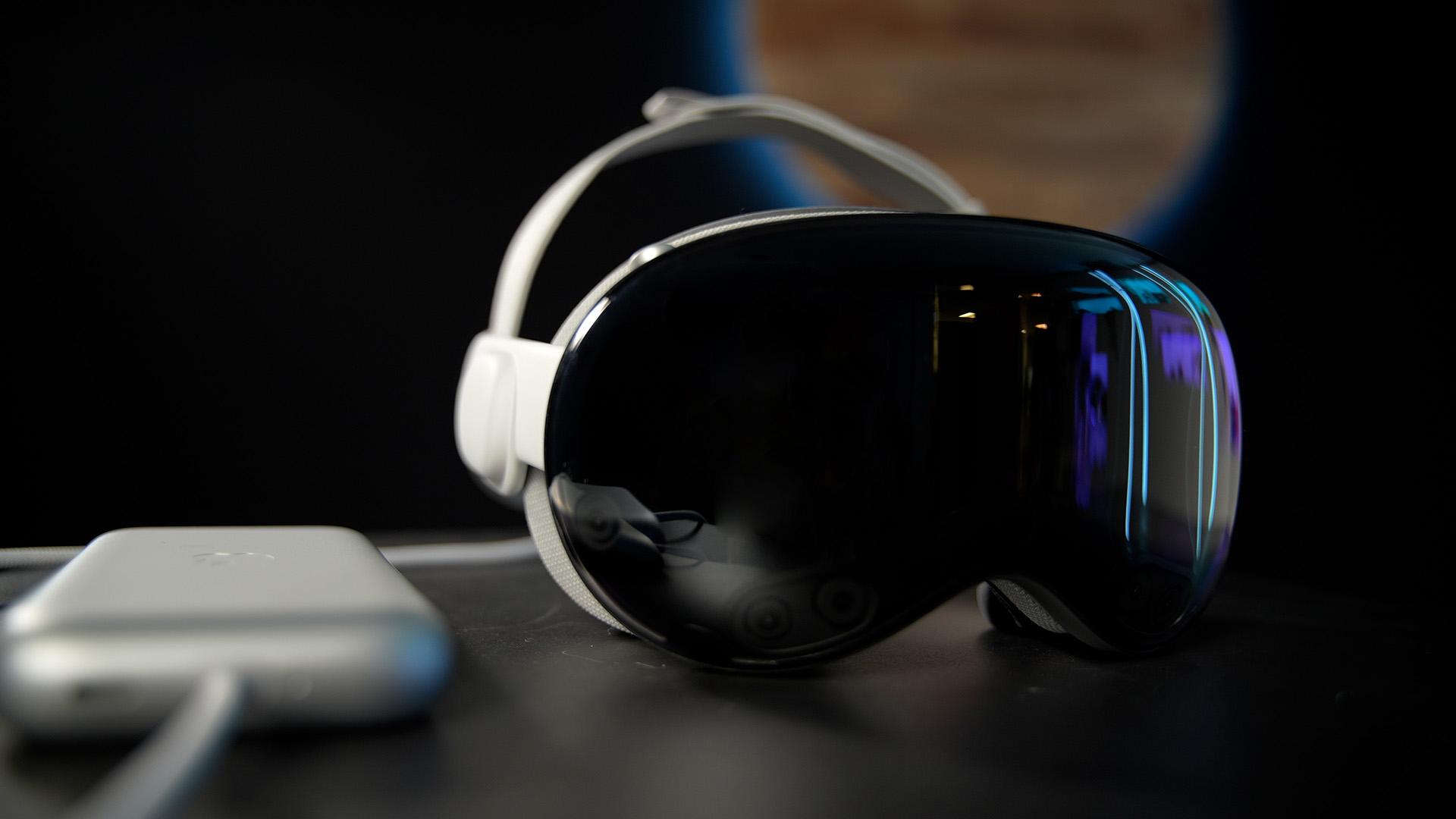Analyst Ming-Chi Kuo reports that Apple has halved production of the Vision Pro headset, due to plummeting demand. Neil Cybart, specialist in the analysis of figures for the American brand, indicates that these predictions should not be believed.
With a unit price of $3,500 in the United States, without the slightest commercial career abroad, for now, can the Apple Vision Pro be a success? The initial sales figures, which predicted 100,000 helmets in one weekend, were reassuring.
Advertisement
In a note published on April 23, Ming-Chi Kuo, an analyst specializing in suppliers, is re-evaluating his sales estimates for the Vision Pro downwards, after revising them upwards at the product's launch. He now thinks that Apple will sell 400,000 to 450,000 in 2024, whereas until then he was betting on 700,000 to 800,000 headsets. The American group has even decided to reduce its production, since it does not expect a big international hit. Is it reliable?

Disagreement between analysts on Vision Pro
Unsurprisingly, Ming-Chi Kuo's note is causing a lot of talk. Accustomed to being right about Apple's sales performance, the analyst feeds the press around the world with his pessimistic predictions. Apple's proposal is also very divisive, with a very high unit price. Observers are even counting on a “flop” of the Vision Pro.
In the past, Ming-Chi Kuo has regularly changed his predictions on this helmet. He was pessimistic for a long time about Apple's ability to produce this device, before finally indicating that the brand would be able to sell several hundred thousand of them. Kuo notably declared in February that US sales figures would surpass Apple's initial predictions. But today, he thinks Americans are losing interest.
Since the Apple Vision Pro is a niche product, it is more difficult to predict its sales than those of an iPhone. The drop observed by Ming-Chi Kuo is undoubtedly real (there is stock in American stores, which is never a good sign), but there is no indication that there is actually a drop in production. It is in any case what Neil Cybart thinksanother analyst who has commented on Apple's financial results for years.
Advertisement


Neil Cybart does not question the estimate “from 400,000 to 450,000 helmets in 2024 » by Ming-Chi Kuo, since he even considers it optimistic. In a best-case scenario, that would be $1.6 billion in revenue just for the headset.
On the other hand, the American questions his colleague's calculation method, particularly the range of 700 to 800,000 helmets originally planned. For him, it is important not to confuse the production capacity of suppliers and Apple's expectations, which have always been lower. This is because the product is difficult to assemble, expensive and not available everywhere.
According to Neil Cybart, Apple is expected to sell 175,000 Vision Pros in 2024, which is very far from the range of 400 to 450,000 estimated by Kuo, and even further from the 800,000 headsets once mentioned. This would not be a negative performance, however: it would be the value targeted by Apple for its launch, with a turnover of 620 million dollars.
An international launch and a price drop?
In the meantime, how can we revive the general public's interest in the Apple Vision Pro?
At $3,500, the headset seems doomed to a small success, especially with so many technical constraints (weight, battery, vision problems, etc.) Apple always has the possibility of lowering prices, as it had made a few months after the launch of the first iPhone in 2007, but this sleight of hand should not make the Vision Pro an affordable product. Even the international launch of the Vision Pro, which could take place as early as May 7, the date of Apple's next keynote, should not create a global success. It should nevertheless occasionally revive public interest, particularly in Europe.


For Apple, the vision must be long term. Between now and the release of the next Vision Pro, probably in 2026 (and a possible cheaper Vision), the company must improve its product to make people want it. In this aspect, visionOS 2, expected in June, will be important. When the successor to the Vision Pro arrives, the general public must want to give it a try, after having spent several months looking at the first Vision Pro with curiosity.


The Apple Vision Pro, with its ultra high-end positioning, is condemned to a smaller impact than that of the iPhone or the iPad. Only time will tell if Apple has taken the wrong path or if, like Meta, it is preparing for the future before the explosion of this product category. It's difficult to call it a flop as it stands, even if this launch confirms the big risk taken by the Californian brand.
